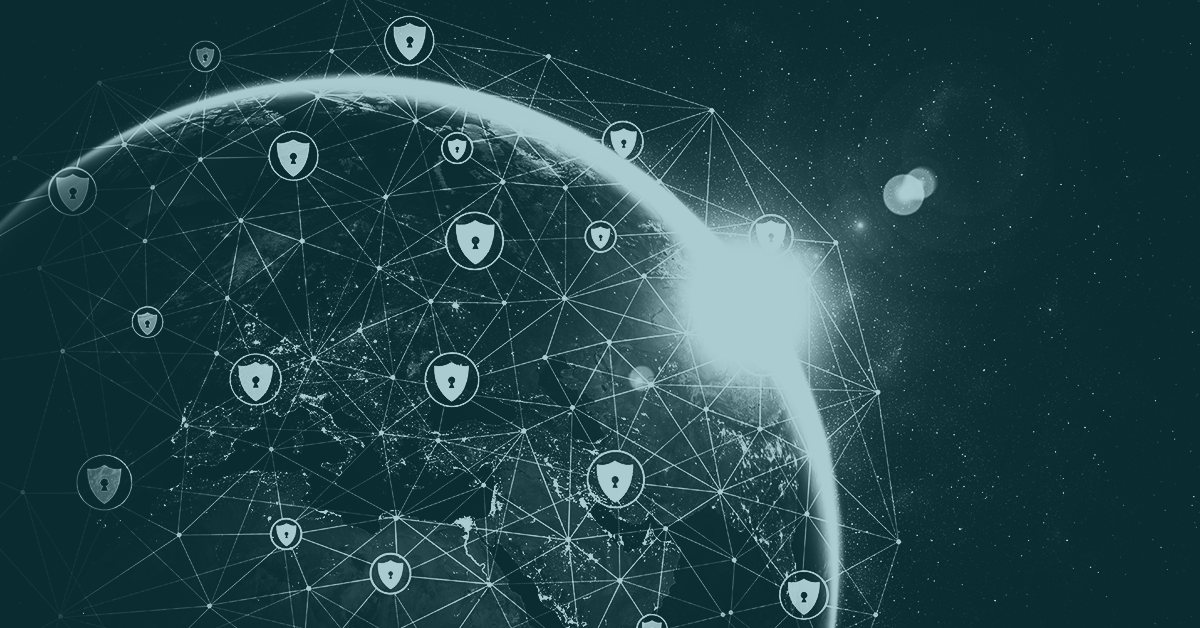The top 10 most anticipated threats for 2024
1. Utilization of artificial intelligence (AI) in enhancing business operations and cybersecurity
Expect AI’s role in business operations and cybersecurity to expand, offering both efficiencies—and new vulnerabilities—that will require strategic oversight and management.
2. AI-driven cyber threats increasingly targeting business operations
On a related note, expect to see a rise in AI-enabled cyber attacks, with sophisticated tactics that could directly affect business operations, customer data security, and potentially exploit AI-driven business processes.
(I outlined this double-edged sword here.)
3. Social engineering attacks becoming more sophisticated and targeted
Be prepared for an increase in sophisticated social engineering attacks, potentially leveraging AI technologies, which could target high-level executives and critical business units.
4. Insider threats becoming more complex and frequent
Anticipate an increase in insider threat incidents, not just in frequency—but also in complexity. As insiders are increasingly being lured across various illicit online communities, visibility into these recruitment and advertising activities is essential. Insider threats could pose heightened risks to sensitive company data, intellectual property, and internal systems across various industries.
5. Supply chain and third-party vulnerabilities impacting business continuity
Predict a continued rise in supply chain and third-party attacks, which could disrupt business operations, affect vendor relationships, and require more robust continuity and response strategies. The strategy of targeting third-party firms to gain access to larger networks, as demonstrated in attacks on companies like JumpCloud and Airbus, is anticipated to be a prevalent method among cyber threat actors.
6. Ransomware continuing to hammer global enterprises
In 2024, the continuation of ransomware attacks against major enterprises is expected. While this isn’t a groundbreaking assessment, it underscores the crucial need for proactive preparation and intelligence-driven strategies. Effective defense goes beyond acknowledging the threat—it demands a deep understanding of adversary tactics and robust measures to thwart initial access. Organizations should also focus on intensifying their preparedness, from employee awareness to advanced incident response planning, to ensure that ransomware and extortion attacks are met with a fortified and responsive security posture.
7. Increasing prominence of Telegram as a hub for cybercriminal operations
Anticipate a continued reliance on Telegram as a nucleus of cybercriminal activity. This shift reflects a growing preference among cybercriminals for decentralized platforms, which offer greater anonymity and harder-to-trace communication channels. The move towards platforms like Telegram presents new challenges in intelligence gathering and complicates efforts to combat cybercrime effectively at scale, highlighting the necessity for advanced monitoring and response strategies.
8. Continued evolution of stealer malware in illicit communities
In 2024, the growth of stealer malware like Lumma, Silencer Stealer, and StealC is expected to continue, enhancing its role in the cybercrime attack chain. Their ability to discreetly harvest sensitive data makes them a precursor to more disruptive ransomware attacks, as that stolen information—such as cookies—often facilitates targeted ransomware campaigns. This link underscores the criticality of addressing stealer malware in cyber threat intelligence and cybersecurity strategies.
9. Cloud service vulnerabilities requiring robust disaster recovery plans
Cloud service vulnerabilities and outages will continue to pose risks, emphasizing the need for robust disaster recovery and business continuity planning.
10. Increase in hacktivism leading to corporate reputation and data risks
The surge in non-state hacktivism, as observed during the Israel-Hamas War, is expected to continue, which could lead to increased risks related to corporate reputation and data breaches, especially for companies involved in contentious industries or geopolitical areas.


